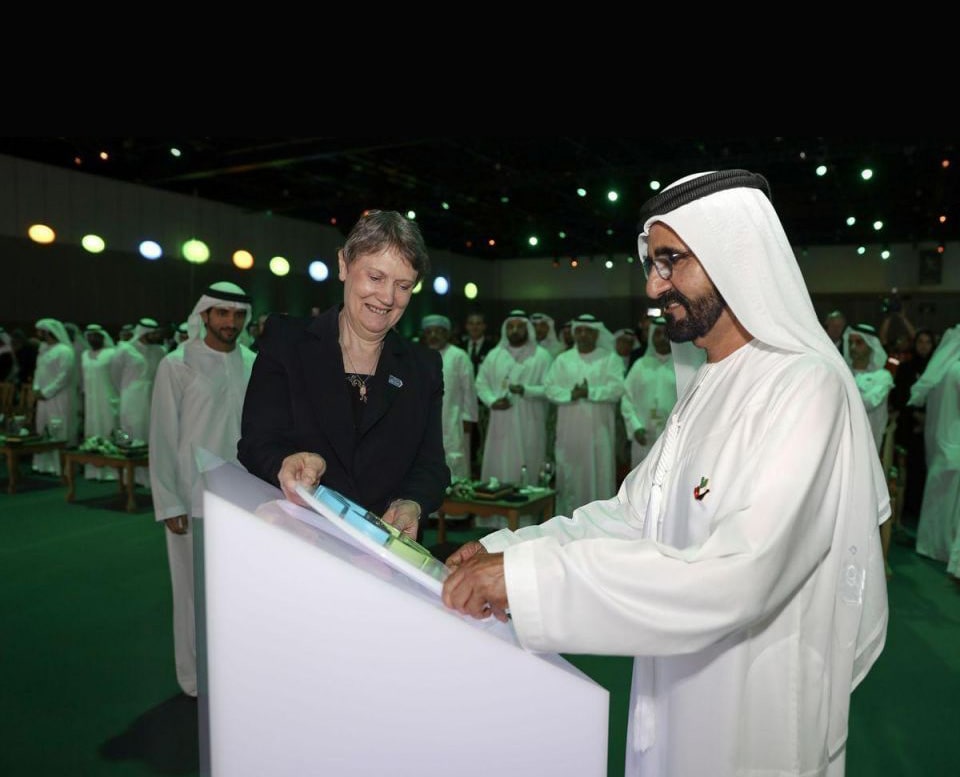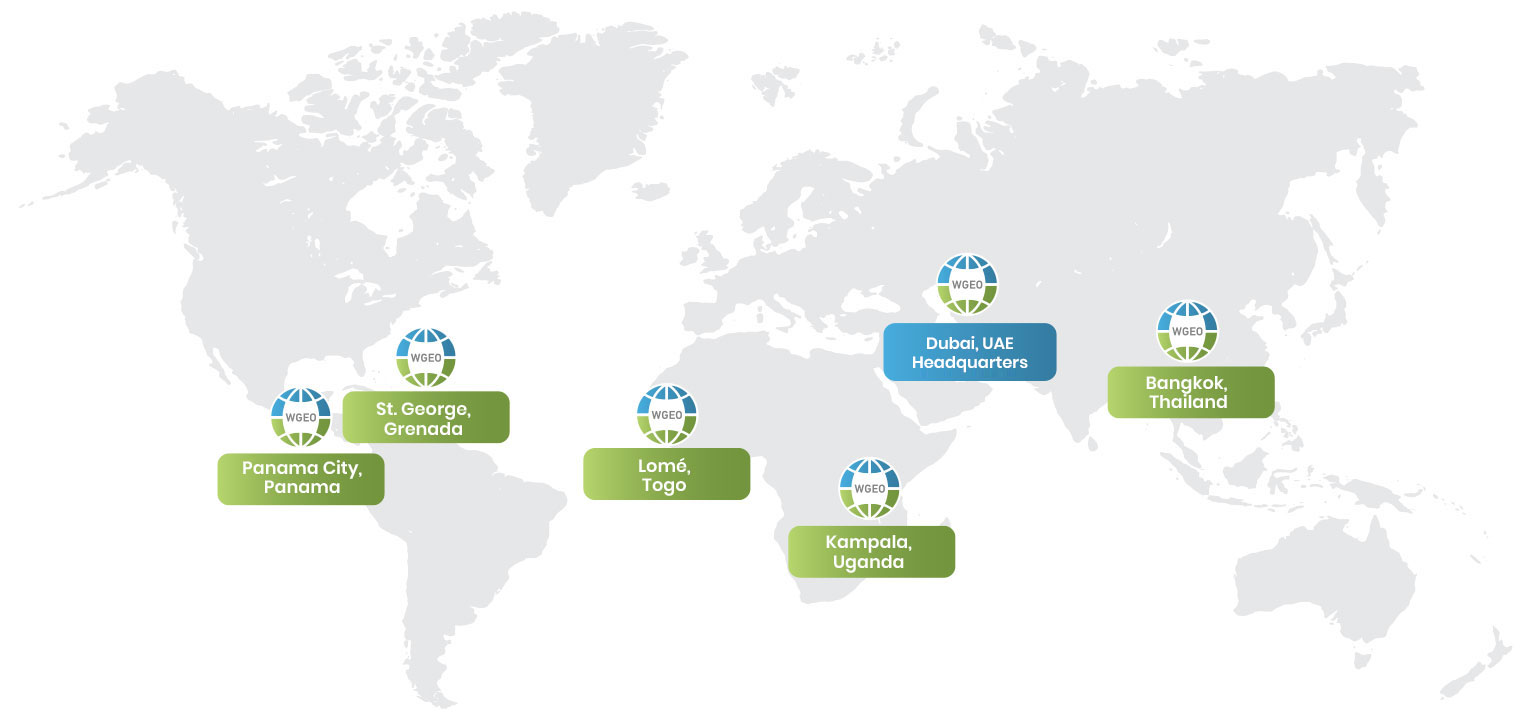About WGEO
The World Green Economy Organization (WGEO) is a comprehensive response to calls by the international community for a holistic approach to spur progress on how and why a green economy is the world’s best route towards a safe and prosperous future.
WHO WE ARE
About World Green
Economy Organization
The World Green Economy Organization (WGEO) emerged in response to the priorities and concerns identified from Rio+20 United Nations Conference on Sustainable Development in 2012 as an organization intended to support emerging global actions towards the green, low-carbon, climate-resilient development model.
WGEO seeks to promote the widespread acceptance and increased importance of the green economy in the context of sustainable development and poverty eradication, by linking financing, technology and capacity-building.

WHO WE ARE
About World Green
Economy Organization
-
Mission
Promote the widespread adoption of green economy principles and practices
-
Vision
Be the leading source of knowledge, innovation, technology, finance, capacity building and other enabling elements of green economy growth and expansion
-
Mandate
To enable and implement bankable & sustainable green projects & programs

WGEO Governance
WGEO established with an innovative organizational and institutional structure employing innovative operating procedures. WGEO members including the non-state members are accorded a voice in decision-making processes.
The organization comprises of a three-tier structure the Assembly, the Council and the Secretariat. The Assembly is composed of State Members and RIEIOs. Non-state Members of WGEO may be represented in the Council.
The Secretariat is responsible for the day-to-day operations of the organization, and for providing administrative, legal and financial support to WGEO activities.

WGEO Platforms
Platforms are the key mechanism for the implementation of WGEO’s activities, they operate as a framework for the cooperation and collaboration between State Members and Platform Members. Each platform is led by a specific type of stakeholder. Seven groups of stakeholders and seven platforms were initially identified.
Thematic Programs
Green Economy Advocacy Support through Partnership and Outreach
Promoting Green Investment
Creating an Enabling Environment through Policy, Legislative and Resource Support
Capacity Development in Green Economy Action
Scaling Up Innovation through Research and Technology Transfer

WGEO Global Outreach
and Regional Coordination
Recognizing the crucial role regional collaboration has to play in achieving the transition to green economies, WGEO is transforming regional engagement through a unique modality of operations. WGEO leverages the regional network offered by the five UN Climate Change Regional Collaboration Centres (RCCs) located in Bangkok, Kampala, Lomé, Panama and St. George’s, to support the facilitation of regional coordination on green economy principles and practices by the deployment of experts at each RCC. These experts are instrumental to aligning regional activities with the global green economy agenda.
